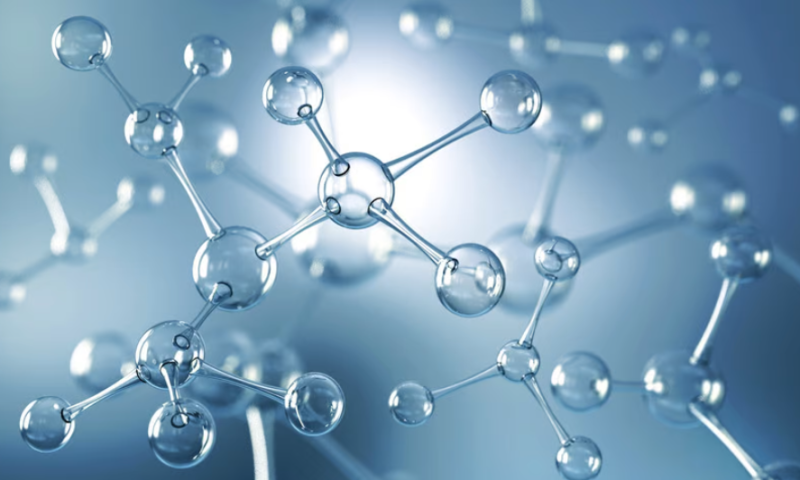Thermo Fisher Scientific is introducing a new, high-powered microscope aimed specifically at speeding up drug discovery research, with automated features that can help gather images at near-atomic resolution.
The company’s Glacios 2 cryo-transmission electron microscope is designed for biopharma researchers who may have varying experience levels with the technique to assist them in parsing the structures of molecules, proteins and cells using methods such as single-particle analysis, cryo-electron tomography and microcrystal electron diffraction.
The basics of cryogenic electron microscopy are built on rapidly freezing the biological sample by plunging it into liquid ethane and then preserving it with liquid nitrogen. This fixes individual particles in place and helps them survive the damaging scans of the microscope’s high-energy electron beam.
According to a release from the company, the Glacios 2 system looks to speed up the process by automating several critical steps in setting up experiments, including aligning the device, loading sample cassettes and managing the levels and temperature of liquid nitrogen.
Artificial intelligence-driven software also helps researchers skip many repetitive tasks when it comes to performing single-particle analysis, which collects thousands of images to assemble the structures of larger molecules.
“As the demand for cryo-EM continues to surge, automated, high-throughput instruments are critical to advancing life science research around the world—especially in the fast-paced pharmaceutical and biotech industries,” Thermo Fisher’s VP and general manager of life sciences, Trisha Rice, said in the release.
The system offers high-throughput screening for imaging the structures of potentially druggable targets, including small proteins with low atomic mass, and can be run overnight to construct 3D models of potential binding sites for small molecule inhibitors.
It also employs an AI algorithm dubbed Smart Filter, which deselects parts of the scanner hardware that may be contaminated near the edges of the sample or contain cracks in the ice that could reduce the quality of the data collected.

